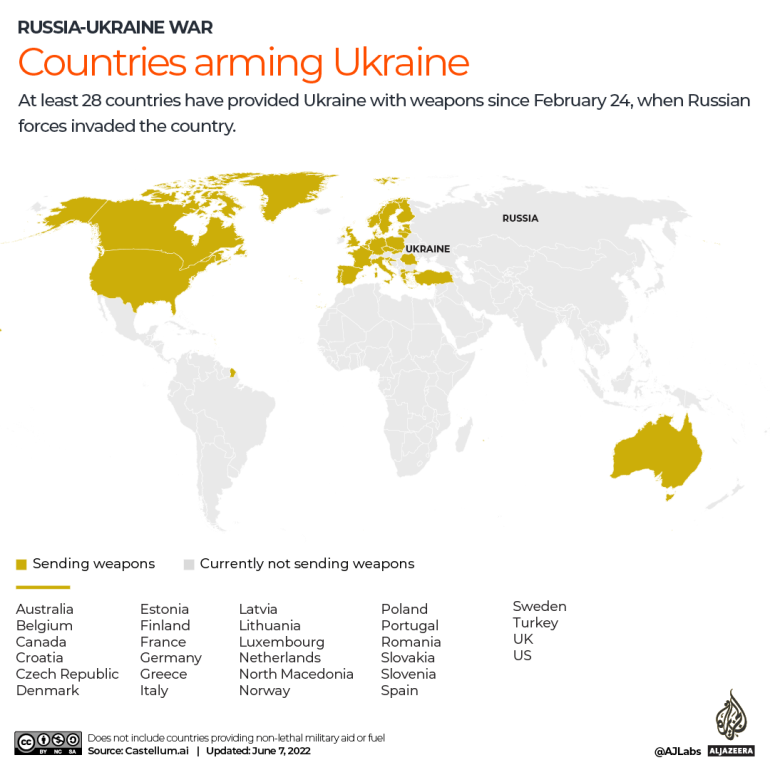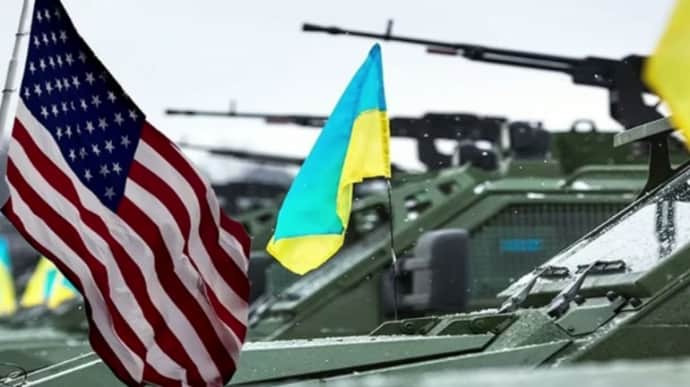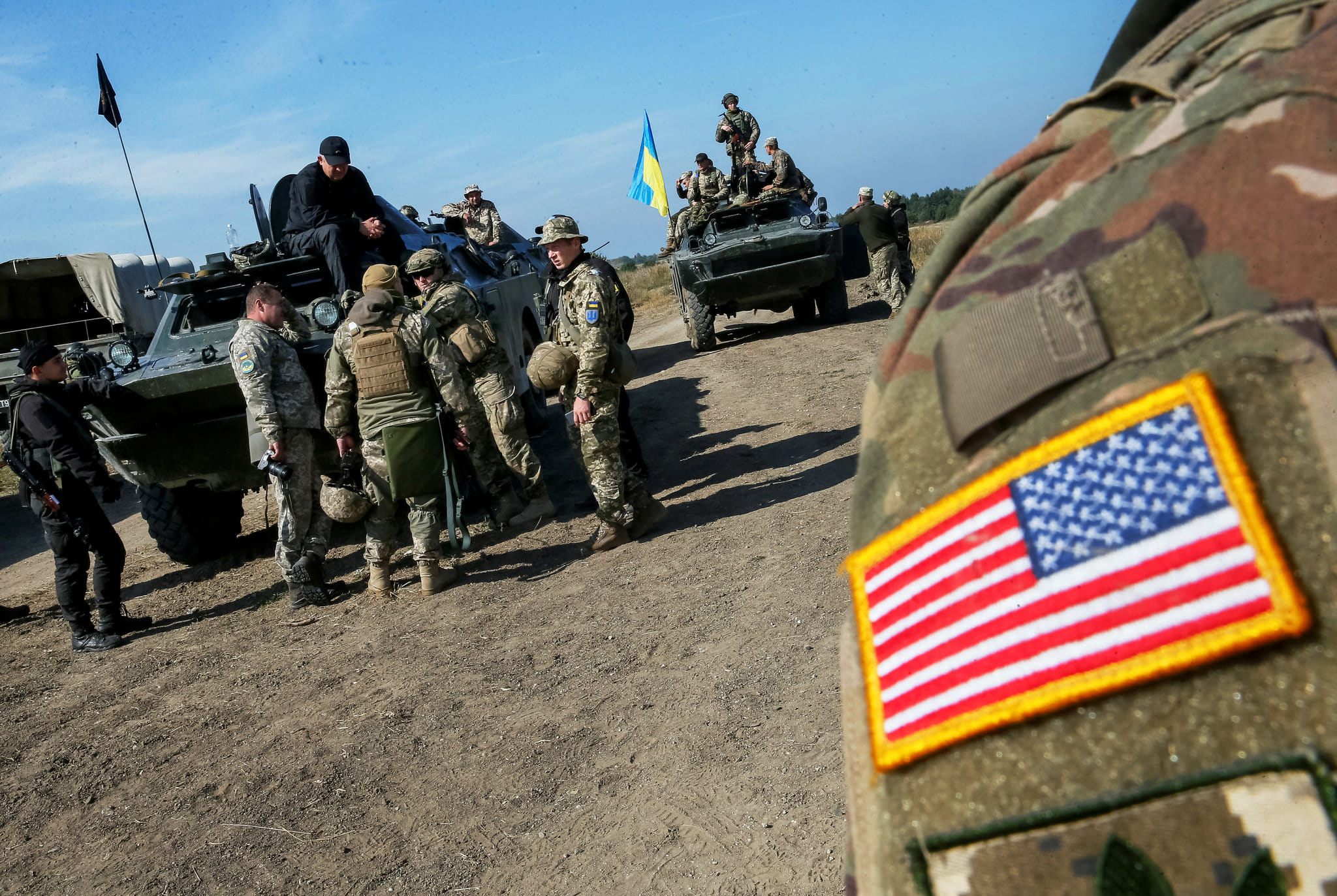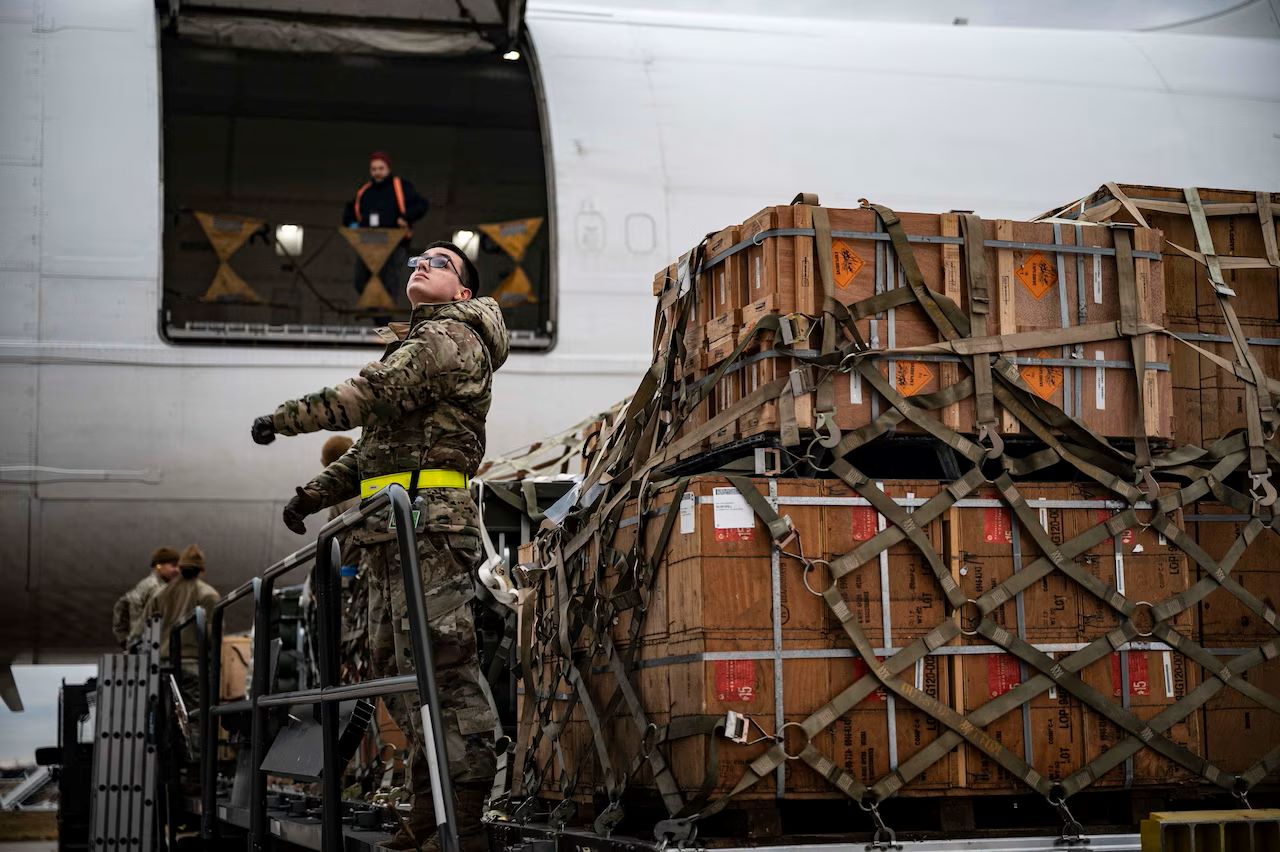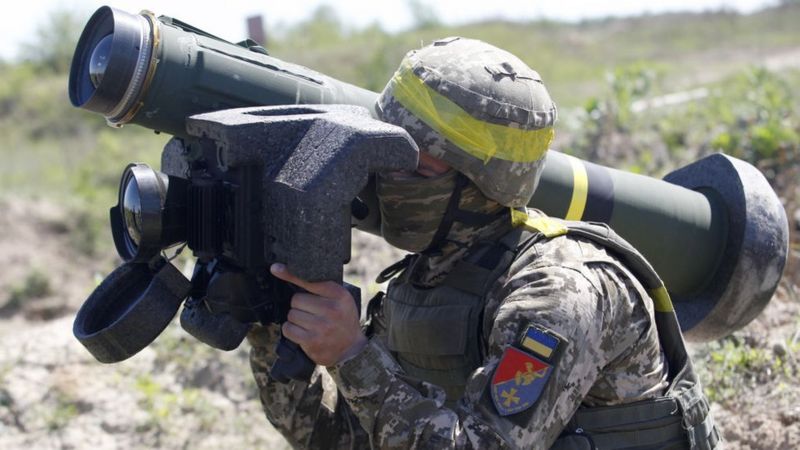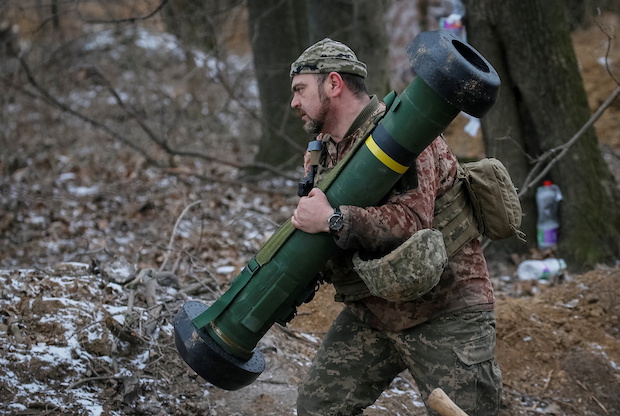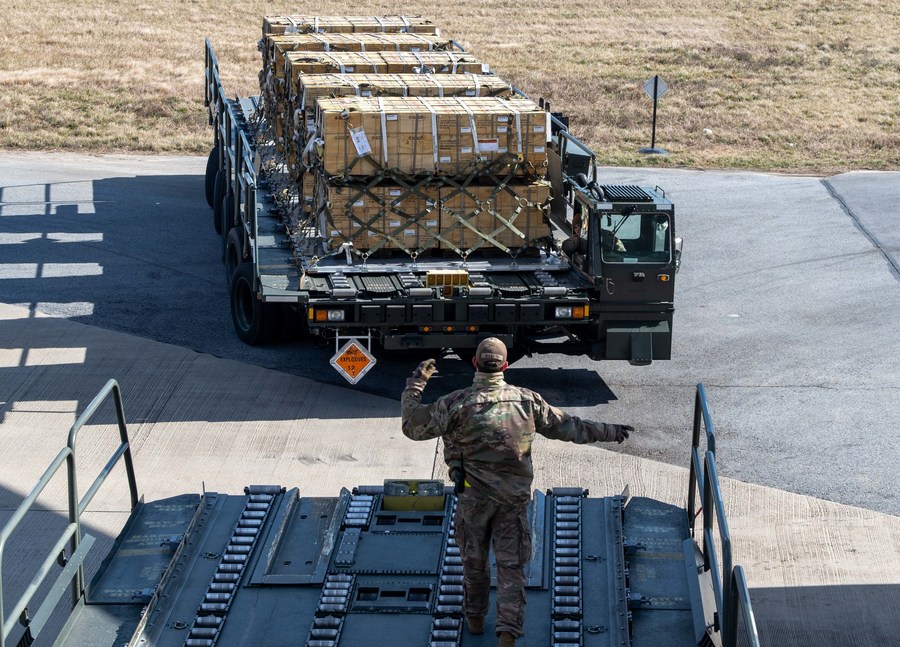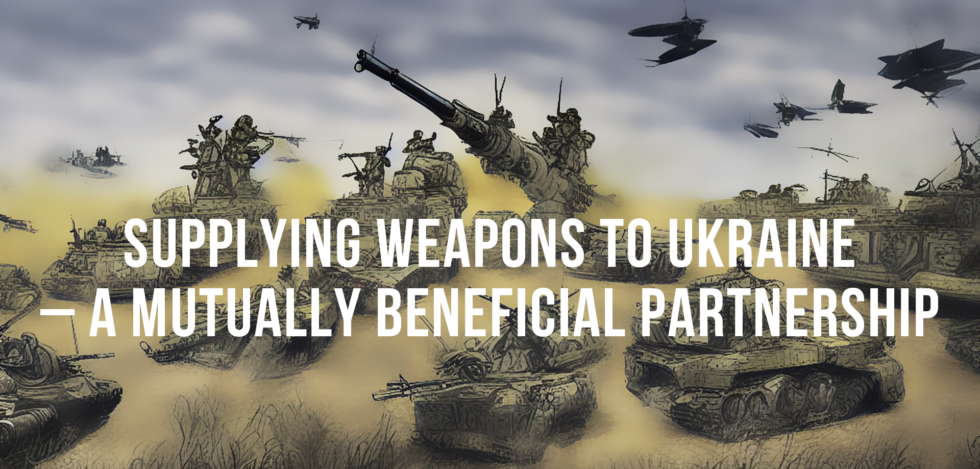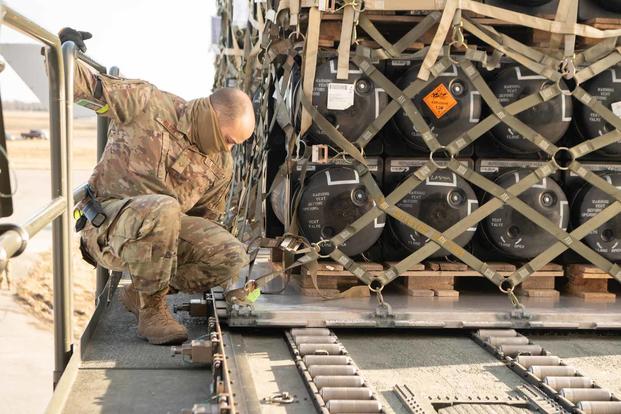Has The Us Supply Ukraine With Weapons
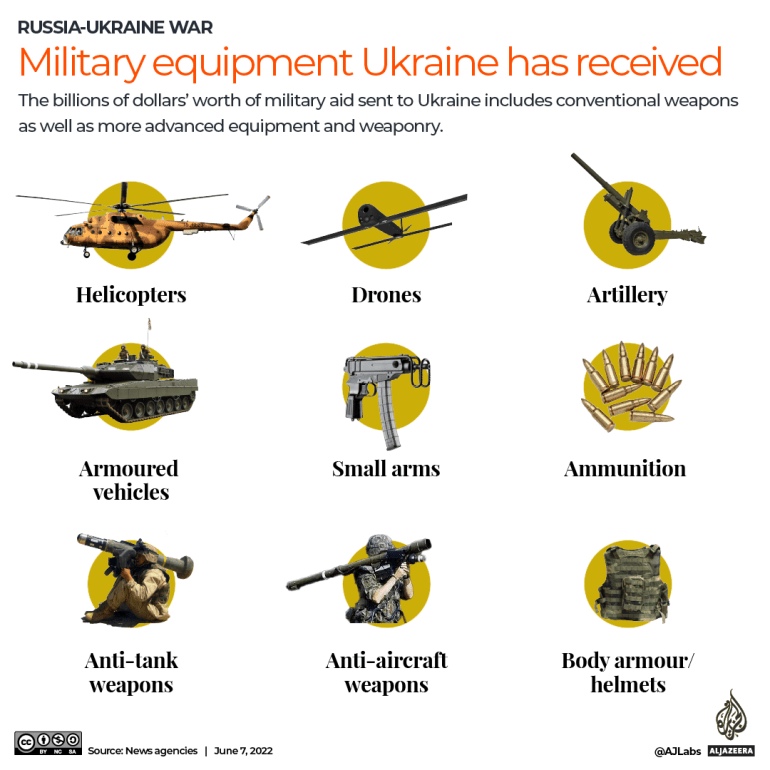
The United States has been a leading provider of military aid to Ukraine since the onset of the conflict with Russia in 2014, a commitment that has significantly intensified following the full-scale invasion in February 2022. This support has evolved from supplying basic equipment to providing increasingly sophisticated weaponry. The debate surrounding the nature, scope, and potential consequences of this military assistance continues to be a central point of discussion both domestically and internationally.
At its core, the U.S. military aid to Ukraine aims to bolster the country's defense capabilities against Russian aggression. The flow of weapons, ammunition, and equipment represents a significant investment in Ukraine's sovereignty and territorial integrity. Understanding the extent and implications of this aid is crucial for comprehending the dynamics of the conflict and its broader geopolitical ramifications.
The Arsenal of Support
The U.S. has committed billions of dollars in security assistance to Ukraine since the beginning of the Biden administration. This aid package includes a wide range of defensive and offensive weaponry. Some of the key systems provided include:
Anti-Armor Systems
Javelin anti-tank missiles have been instrumental in slowing down Russian armored advances. These shoulder-fired systems allow infantry units to effectively engage tanks and other armored vehicles. Their relative ease of use and effectiveness in urban environments have made them a crucial asset for Ukrainian forces.
Air Defense Systems
Stinger anti-aircraft missiles have provided Ukraine with a means to counter Russian air power. These systems can target helicopters, drones, and low-flying aircraft. The provision of more advanced air defense systems like the Patriot missile battery marks a significant escalation in air defense capabilities.
Artillery and Ammunition
The U.S. has supplied Howitzers and accompanying ammunition to support Ukraine's artillery capabilities. These systems allow Ukrainian forces to engage Russian positions at a distance. Continuous supply of compatible ammunition is essential for maintaining the effectiveness of these artillery units.
Other Equipment
Beyond the headline-grabbing weaponry, the U.S. has provided a broad range of other equipment. This includes body armor, medical supplies, secure communication systems, and vehicles. These items are crucial for sustaining Ukrainian forces on the battlefield.
The Debate and the Dilemmas
The decision to supply Ukraine with weapons has not been without controversy. Concerns have been raised about the potential for escalation. There are also fears about the weapons falling into the wrong hands, or even being used to strike targets inside Russia, potentially broadening the conflict.
Proponents of military aid argue that it is essential for deterring Russian aggression and defending Ukraine's sovereignty. They contend that providing Ukraine with the means to defend itself is a moral imperative. It also serves as a crucial signal to other nations facing potential aggression.
Critics, however, argue that the U.S. involvement could prolong the conflict and increase the risk of a wider war. They suggest that a diplomatic solution should be prioritized over military assistance. Concerns about accountability and the potential for misuse of weapons are also frequently cited.
"We believe that providing Ukraine with the means to defend itself is the best way to deter further Russian aggression," - Secretary of Defense Lloyd Austin.
Impact and Implications
The U.S. military aid to Ukraine has had a significant impact on the battlefield. It has helped to slow down the Russian advance. It has also enabled Ukrainian forces to launch counter-offensives. The long-term implications of this aid are still unfolding.
The conflict has become a proxy war between the U.S. and Russia. It has significant implications for the balance of power in Europe. The outcome of the conflict will shape the future of European security for decades to come.
Furthermore, the scale of U.S. military assistance has raised questions about the sustainability of this support. The ongoing conflict has depleted stockpiles of certain weapons systems. It also increases strain on the U.S. defense industrial base.
The ongoing provision of weapons to Ukraine remains a complex and consequential decision. It highlights the ongoing tensions in Eastern Europe. Ultimately, the long-term effects of this intervention on regional stability and global security remain to be seen.

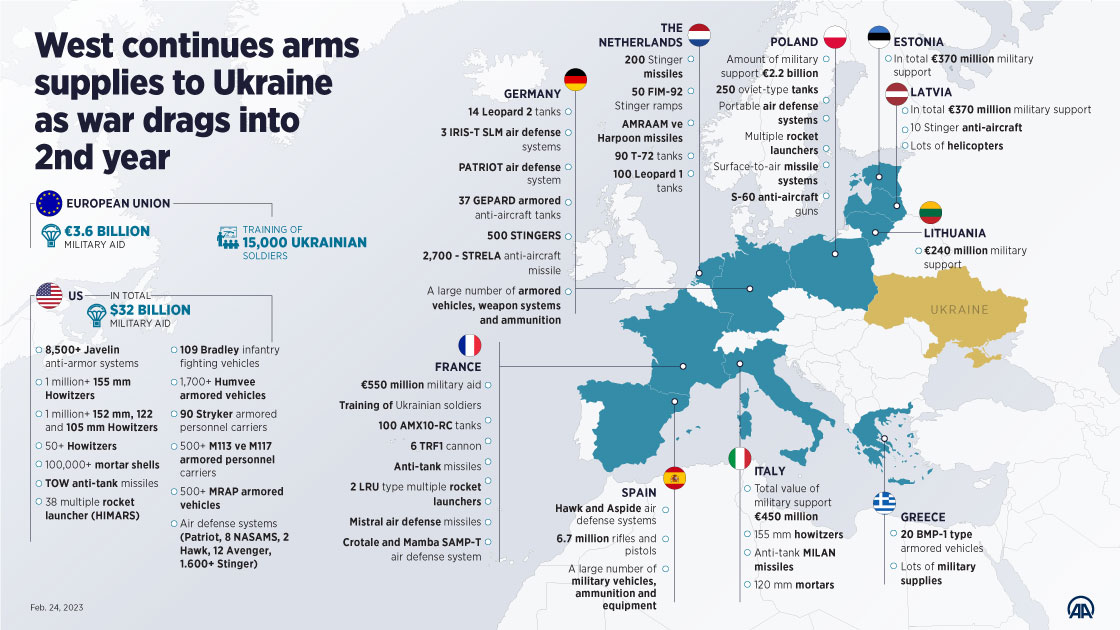
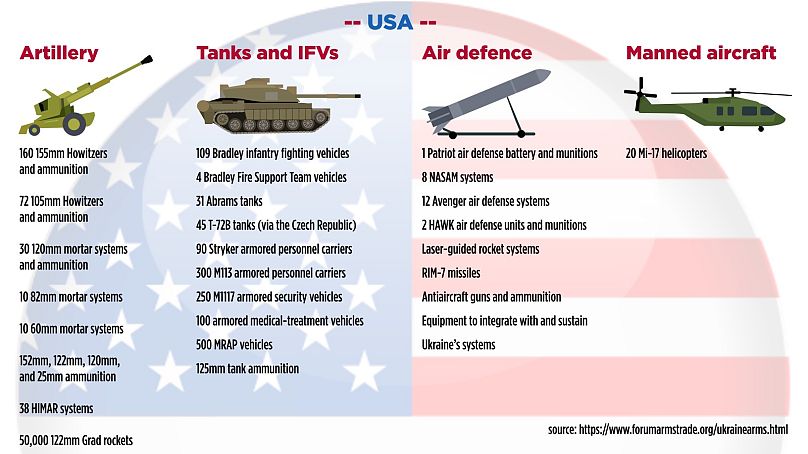
.jpeg)

